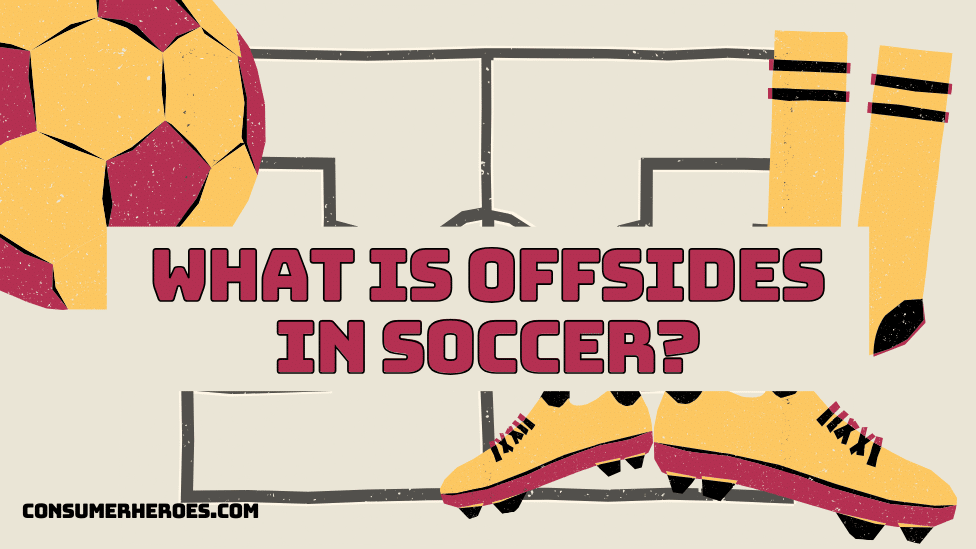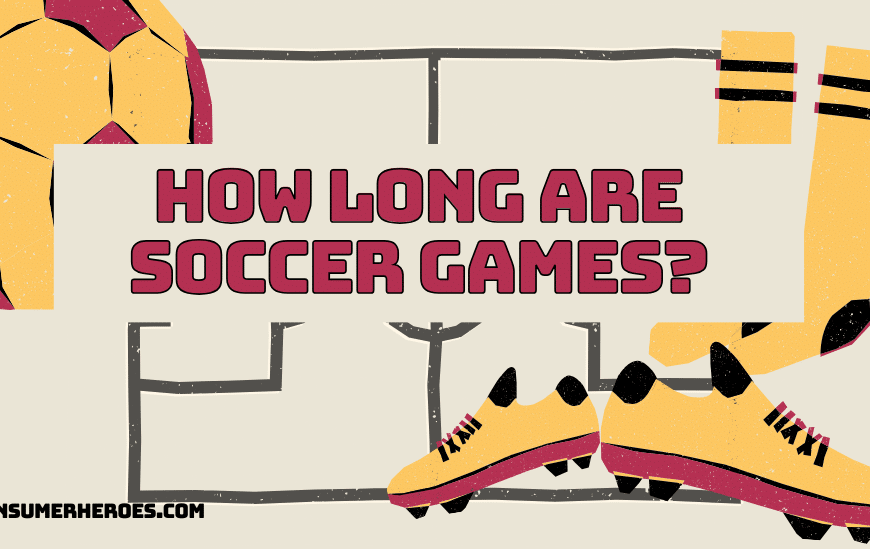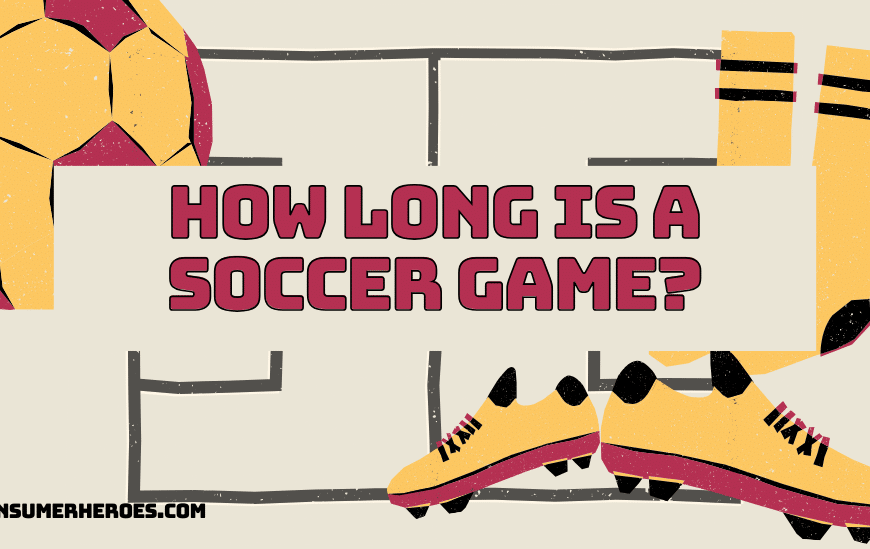Offsides is a term that is commonly used in soccer and is one of the most misunderstood rules in the game. It is a rule that can often cause confusion among players, coaches, and fans alike. Simply put, offsides is a rule that is designed to prevent players from gaining an unfair advantage over their opponents.
In soccer, a player is considered to be in an offside position if they are closer to the opponent’s goal than both the ball and the second-to-last defender. This means that if a player is in an offside position when the ball is played to them, they cannot play the ball unless they move back onside. If they do play the ball while in an offside position, the referee will call a foul and award a free kick to the opposing team.
Offsides is a crucial rule in soccer, as it helps to maintain fairness and prevent players from gaining an unfair advantage. While it can be a difficult rule to understand, it is important for players, coaches, and fans to have a clear understanding of it in order to fully appreciate and enjoy the game.
Definition of Offside in Soccer
Offside is a rule in soccer that aims to prevent attacking players from gaining an unfair advantage by positioning themselves too close to the opposing team’s goal line. According to the rule, a player is offside if he or she is closer to the opponent’s goal line than both the ball and the second-to-last defender, at the moment the ball is played to him or her by a teammate.
The second-to-last defender is usually the last defender, except for the goalkeeper. If the goalkeeper is not in line with the other defenders, then the player is offside only if he or she is closer to the goal line than the second-to-last defender, excluding the goalkeeper.
The offside rule applies only when a player is involved in active play, meaning he or she is involved in the game and has the potential to impact the outcome of the play. A player is not offside if he or she receives the ball directly from a goal kick, throw-in, or corner kick.
If a player is deemed offside, the opposing team is awarded a free kick from the spot where the offside player was positioned when the ball was played to him or her. The offside rule is often a subject of controversy and requires the use of technology, such as video assistant referees (VAR), to ensure accurate decisions are made.
Offside Rule
The offside rule is one of the most important rules in soccer. It is designed to prevent players from gaining an unfair advantage by being in an offside position when a pass is made.
What is Offside?
A player is in an offside position if they are closer to the opponent’s goal than the ball and the second-to-last defender (usually the goalkeeper or a defender) when the ball is passed to them. However, being in an offside position is not an offense in itself.
Offside Offense
A player is only penalized for being in an offside position if they are involved in active play. A player is considered to be involved in active play if they:
- Interfere with play by touching the ball or an opponent
- Interfere with an opponent by obstructing their line of vision or blocking their movement
- Gain an advantage by being in an offside position
Exceptions to the Offside Rule
There are a few exceptions to the offside rule. A player is not in an offside position if they receive the ball:
- Directly from a goal kick
- Directly from a throw-in
- Directly from a corner kick
Conclusion
Understanding the offside rule is crucial for players and spectators alike. It can be a difficult rule to interpret, but it is essential for ensuring a fair and competitive game.
Offside Position
In soccer, a player is in an offside position if they are nearer to the opponent’s goal line than both the ball and the second-to-last defender, including the goalkeeper. It is important to note that being in an offside position is not an offense in itself.
A player is only penalized for being in an offside position if they are involved in active play by interfering with play, interfering with an opponent, or gaining an advantage by being in that position.
Interfering with play means playing or touching the ball passed or touched by a teammate. Interfering with an opponent means preventing an opponent from playing or being able to play the ball by clearly obstructing their line of vision or challenging them for the ball. Gaining an advantage means playing a ball that rebounds off a goalpost or crossbar, or playing a ball that rebounds off an opponent after being in an offside position.
It is important to note that a player is not in an offside position if they are in their own half of the field or if they receive the ball directly from a goal kick, throw-in, or corner kick.
Offside Offence
Offside is one of the most important rules in soccer that helps to regulate the game. It is a rule that is often misunderstood and can be a source of controversy in a match. In this section, we will discuss the offside offence in soccer.
Definition
Offside is called when an attacking player is closer to the opponent’s goal line than the ball and the second-last defender (usually the goalkeeper or a defender), at the moment the ball is played to them. The offside rule is designed to prevent attackers from gaining an unfair advantage by positioning themselves closer to the goal than the defenders.
Offside Offence
If an attacking player is deemed to be offside, the referee will stop play and award an indirect free-kick to the defending team from where the offside offence occurred. The offside offence is committed when an attacking player is involved in active play by:
- Interfering with play: This means that the player either touches the ball or obstructs the view of the defender or goalkeeper.
- Interfering with an opponent: This means that the player prevents an opponent from playing the ball or obstructs their movement.
- Gaining an advantage: This means that the player gains an advantage by being in an offside position, such as receiving a pass or rebound from a shot.
It is important to note that a player is only offside if they are involved in active play. If a player is in an offside position but not involved in active play, the referee will not call an offside offence.
Conclusion
Understanding the offside rule is essential for any soccer player or fan. The offside offence is called when an attacking player is involved in active play and gains an unfair advantage by being in an offside position. By enforcing the offside rule, the game is kept fair and balanced for both teams.
Consequences of Offside
When a player is caught offside, the referee will stop play and award an indirect free kick to the opposing team. The free kick will be taken from the spot where the offside player was when the ball was played.
If the offside player was in their own half of the field when the ball was played, then there is no offside offense. Additionally, if the player receives the ball directly from a goal kick, a throw-in, or a corner kick, then there is no offside offense.
Players who repeatedly commit offside offenses may receive a yellow card for unsporting behavior. If a player commits an offside offense while in a goal-scoring position, and the referee deems it to be an intentional act, the player may receive a red card and be sent off the field.
It is important to note that the offside rule is designed to prevent unfair advantages and promote a fair and level playing field for all teams. While it may be frustrating for players and fans when an offside call is made, it is ultimately a necessary aspect of the game.
Offside Exceptions
While the offside rule in soccer is generally straightforward, there are a few exceptions that can make it more complicated. Here are some of the most important exceptions to keep in mind:
In Your Own Half
Players cannot be offside in their own half of the field. If a player receives the ball behind the halfway line, they cannot be called offside, regardless of the position of the defenders.
Not Active in Play
If a player is not actively involved in the play, they cannot be called offside. This means that if a player is standing off to the side of the field, not interfering with play, they cannot be offside.
Passes From Opponents
If the ball is passed to a player by an opponent, the offside rule does not apply. This means that if a defender accidentally passes the ball to an attacking player who is in an offside position, the attacking player is not offside.
Goalkeeper Saves
If the goalkeeper saves a shot and the ball rebounds off them, the offside rule does not apply until another player touches the ball. This means that if an attacking player is in an offside position when the shot is taken, but the goalkeeper saves it and the ball rebounds to the attacking player, they are not offside.
Throw-Ins
Throw-ins are not considered to be a pass, so the offside rule does not apply. If the ball is thrown in and an attacking player is in an offside position, they are not offside.
By understanding these exceptions, players can better understand the offside rule and make more informed decisions on the field.
Role of Assistant Referee in Offside
In soccer, the assistant referee is responsible for assisting the main referee in making decisions about offside. The assistant referee’s primary role is to determine whether a player is in an offside position and whether they have actively participated in the game.
During a game, the assistant referee positions themselves along the touchline, in line with the second-to-last defender, and they move up and down the line as play progresses. When a player is in an offside position, the assistant referee raises their flag to signal the main referee.
If the main referee sees the flag, they will stop play and consult with the assistant referee to determine whether the player was in an offside position and whether they were involved in active play. If the player was in an offside position and involved in active play, the main referee will award a free kick to the opposing team.
To make these decisions, the assistant referee must have a clear understanding of the offside rule and be able to quickly determine whether a player is in an offside position. They must also be able to communicate effectively with the main referee to ensure that the correct decision is made.
In addition to their role in determining offside, the assistant referee also assists the main referee in making other decisions, such as whether the ball has gone out of play, whether a foul has been committed, and whether a goal has been scored.
Common Misconceptions About Offside
Offside is one of the most misunderstood rules in soccer, and many people have misconceptions about it. Here are some of the most common misconceptions about offside:
Misconception 1: Being in an offside position is the same as committing an offside offense
Many people think that simply being in an offside position is enough to be penalized, but this is not true. A player is only penalized for being in an offside position if they are involved in active play, meaning they are interfering with play or interfering with an opponent. If a player is in an offside position but is not involved in active play, they are not penalized.
Misconception 2: The offside rule only applies to attacking players
The offside rule applies to all players, not just attacking players. A defending player can also be in an offside position and be penalized if they are involved in active play.
Misconception 3: The offside rule only applies in the attacking half of the field
The offside rule applies to the entire field, not just the attacking half. A player can be penalized for being in an offside position anywhere on the field, as long as they are involved in active play.
Misconception 4: The offside rule is subjective
While there is some subjectivity involved in applying the offside rule, it is not purely subjective. The rule is based on objective criteria, such as the position of the players on the field and the timing of the pass. Referees are trained to apply the rule consistently and fairly.
Misconception 5: The offside rule is too complicated
While the offside rule can be difficult to understand at first, it is not overly complicated. With a little bit of study and practice, anyone can learn to apply the rule correctly. It is an important part of the game that helps to ensure fairness and balance between attacking and defending teams.
History of the Offside Rule
The offside rule has been a part of soccer since the early days of the sport. However, the rule has undergone several changes over the years to become what it is today.
In the early days of soccer, there was no offside rule. Players were free to position themselves anywhere on the field, including behind the opposing team’s goal. This led to a style of play that was focused on long passes and players hanging around the goal area waiting for the ball to come to them.
In 1863, the first official rules of soccer were established, and the offside rule was introduced. At the time, the rule stated that a player was offside if they were positioned in front of the ball and the opposing team’s goal line when the ball was passed to them.
Over time, the offside rule continued to evolve. In 1925, the rule was changed to state that a player was only offside if they were in front of the ball and the second-last defender. This change was made to encourage more attacking play and prevent defenders from simply hanging around the goal area.
In 1990, the offside rule was changed again to its current form. Under the current rule, a player is offside if they are in front of the ball and the second-last defender when the ball is passed to them. However, the rule also includes a clause that states that a player is not offside if they are in their own half of the field or if they are level with the second-last defender.
Overall, the history of the offside rule in soccer is one of continual evolution and refinement. Today, the rule is an essential part of the game and is designed to encourage attacking play while also preventing players from gaining an unfair advantage over their opponents.
Offside Rule Changes
Over the years, the offside rule in soccer has undergone some changes. These changes have been made to make the game more interesting and fair. In this section, we will discuss some of the significant offside rule changes that have taken place.
1925 Rule Change
Before 1925, a player was considered offside if they were in front of the ball when it was played. However, this rule was changed in 1925, and a player was only considered offside if they were in front of the ball and closer to the opponent’s goal line than both the ball and the second-last defender.
1990 Rule Change
In 1990, the offside rule was changed again. This time, a player was only considered offside if any part of their body that could be used to score a goal was closer to the opponent’s goal line than both the ball and the second-last defender. This change allowed attackers to be in an offside position if they were not interfering with play.
2005 Rule Change
In 2005, the offside rule was changed once again. This time, a player was only considered offside if they were interfering with play by either touching the ball or interfering with an opponent. This change allowed attackers to be in an offside position if they were not involved in the play.
In conclusion, the offside rule in soccer has undergone several changes over the years. These changes have been made to make the game more interesting and fair.







